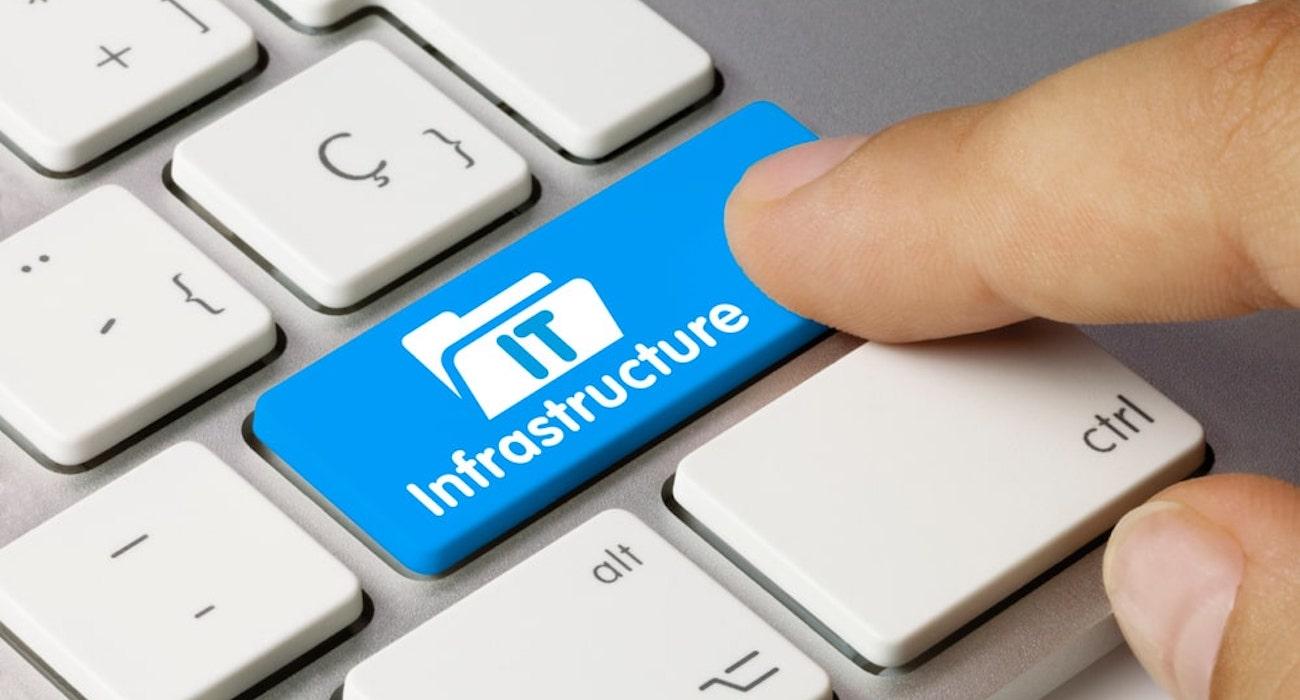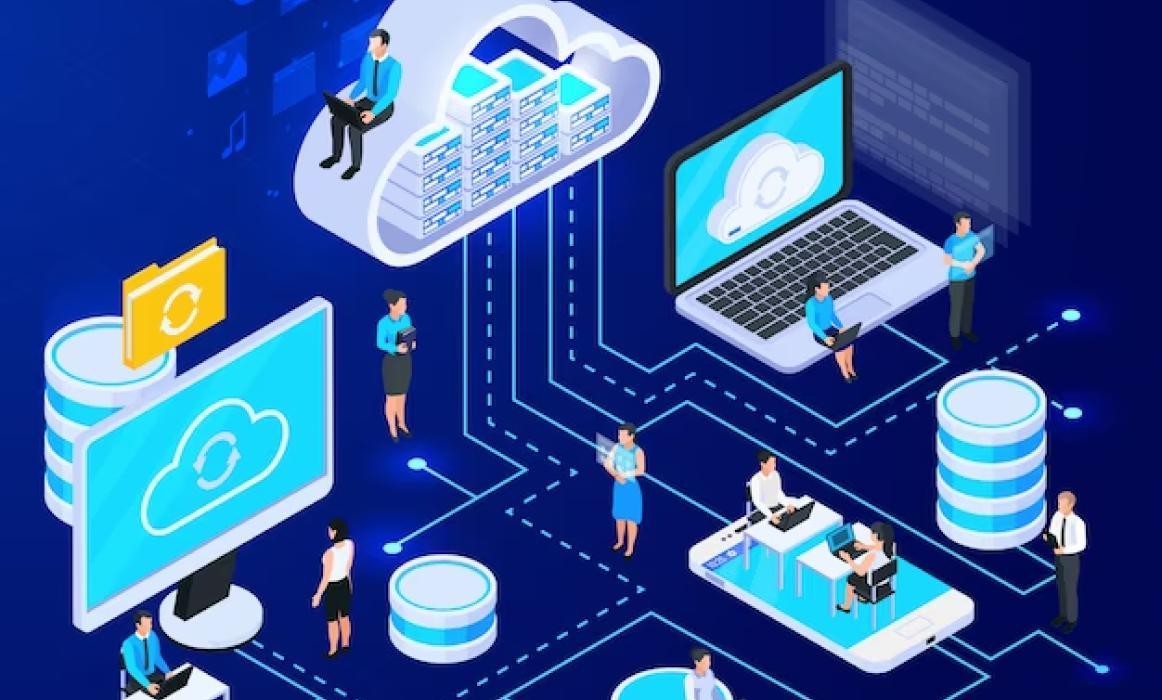Your IT infrastructure is a crucial part of your business, but it can also be one of the most expensive investments. You need a good IT infrastructure to get a modern business running. This drives communication, automation, data flow, security, and more. As such, it's common to spend a lot of money getting your IT system set up and operational.
While ensuring a functional and efficient IT system is important for your business, you must also ensure that you get the best return on investment (ROI). This is because your IT system is part of your business investment, which should be managed to generate a positive ROI. Maximizing your ROI on IT spending will help you save money and ensure that the return you get from your IT system is as high as possible. However, maximizing your return on IT investments takes time and requires planning, strategy, and the right resources.
Here are some tips for maximizing your ROI on IT spending:
1. Plan Ahead
It's important to plan your IT spending. This helps you avoid unnecessary costs, such as overspending on technology that doesn't fit your business needs or budget. Thoroughly research potential investments before committing to them, and determine if they’ll be cost-effective for your business in the long run.
Some of the things that you should plan include budget, timeline, and deployment. When planning your IT budget, you must consider factors such as cloud vs. in-house. Look at the cost, pros, and cons before investing. Then calculate the expected returns of the different options to determine which will give you the best ROI.
2. Choose Between Break And Fix Vs. Managed
The most used IT models are managed services and break and fix services. Managed services involve having your IT provider manage your entire network, while break-and-fix services only address problems on an as-needed basis. Depending on your business' size and your systems' complexity, one may be more cost-effective than the other.
Some of the advantages of using managed services include the following:
- Proactive support: With managed services, your provider can proactively identify potential issues before they become a problem. This helps you avoid costly downtime and other problems in the future.
- Consistent service: Managed services provide consistent service for any IT need that arises, eliminating the need for multiple providers and reducing costs. When using managed services, you pay a fixed cost for the services provided, which can result in significant cost savings over time.
On the other hand, a Break/Fix service has the following advantages:
- No Monthly Fees: With break/fix services, you pay only when an issue arises instead of a recurring monthly fee.
- Flexibility: With break/fix services, you can tailor the service to your particular needs and budget.
- Reduced Risk: As you're not committing to any long-term contracts with break/fix services, there’s no risk of paying for services you don’t need.
You must research these two modes of IT services before committing to one or the other. You can use guides on Break/Fix Vs. Managed services to understand the difference between the two and how to pick the best for your business to maximize returns and ensure efficient IT operations.
3. Identify Your IT Needs and Priorities
Before you invest in any IT infrastructure or services, it's essential to understand precisely what your business needs and what your priorities are. This will help you avoid spending money on unnecessary or low-priority IT investments and ensure that you invest in the right areas to drive growth and efficiency.
You should also consider whether or not you need to outsource any of your IT tasks. This can reduce costs and save internal teams valuable time to focus on more important work. But before outsourcing, you can compare the cost of in-house vs. outsourcing and weigh the pros and cons accordingly.
4. Choose The Right Technology
Choosing the right technology for your business is important to maximize ROI on IT spending. You should research different technologies and compare their features, costs, and performance before investing in them. Find out how well they can scale with your business as it grows and how well they integrate with other systems.
In addition to researching the available technologies, you should consider engaging an IT consultant or professional who can provide expert guidance on selecting the right IT solutions for your business. This will help you avoid costly mistakes and ensure maximum value from your investments.
Some of the significant features to look for in your technology include the following:
- Scalability: Choose a technology that can scale your business as it grows. For example, if you're using a cloud technology that accommodates 50 employees, it should be able to handle 500 if your business grows. While the subscription to accommodate the extra employees may be needed, you should be able to buy less hardware or pay extra fees to scale the technology.
- Ease of Use: Choose a technology that’s easy to use and understand. Complex technologies may require additional training and investment, which could be costly in the long term.
- Integration: Select a technology that can integrate with other systems within your business for maximum efficiency. This can reduce costs and save time in the long run.
Indeed, you cannot go wrong when you know how to source out the kind of technology you need.
5. Focus On Security
When investing in IT, it's important to keep security at the forefront. Data breaches can be costly, damage your business' reputation, and disrupt operations. In 2022, the cost of data breaches in 2022 hit about USD $4.35 million. The cost has risen compared with 2021 at USD $4.24 million. Therefore, failing to invest in proper cybersecurity can lead to costly losses.
Therefore, invest in the right security technology and services and create a strong cybersecurity policy that all employees must comply with. You should also ensure that all data is encrypted and secured with firewalls or other measures.
Ask about their security measures if you use cloud solutions or managed IT services. For example, you can ask about their data recovery processes in case of a breach, which can help you minimize losses.
6. Upgrade Your Systems
Regular updates on hardware and software are necessary to ensure your business is running optimally. If a system fails or components become outdated, it can lead to costly repairs and replacement costs which can harm your ROI. Therefore, regularly upgrading hardware and software will help you maintain the efficiency of your IT systems and avoid expensive downtime.
Software updates typically come with additional and more efficient features, such as improved security and bug fixes. Therefore, staying up-to-date on the latest versions of your software can help you get more value.
In addition to software updates, regularly upgrade hardware components such as servers and computers. This will ensure that they’re running at their optimal level and won't need to be replaced anytime soon.
You should also invest in the maintenance of the hardware and software to ensure that they’re functioning at their best. Assess your IT systems regularly to identify potential problems and take preventive measures before problems escalate into more costly repairs. For example, replacing a component that's about to fail is easier than replacing the whole system.
7. Invest In Employee Development
Investing in employee development is a great way to ensure that your IT team is knowledgeable and proficient with the latest technologies. Investing in their personal development programs can help them stay abreast of industry trends and learn new skills that can benefit your business.
Plus, employees who are well-trained in the technologies they use can be more effective at their jobs, leading to improved ROI. Besides your IT team, you should train all other staff members on factors such as security. This is important because cyber threats can come from any user, even those without IT expertise. As such, you must have all your employees educated and aware of security protocols and policies.
Investing in employee development ensures that all your staff members are well-equipped to utilize the latest technologies and reduces risks to help maximize your ROI.
8. Focus On Compliance
When it comes to IT investments, ensuring compliance is essential. It's important that you adhere to all applicable laws and regulatory frameworks to minimize the cost of legal compliance.
In addition, failing to comply with regulations can result in hefty fines and other penalties, which can harm your ROI. You should also be aware of any changes in the regulatory landscape and take steps to ensure that you comply with them.
By focusing on compliance, you can protect your business from costly fines and legal risks. This will help ensure that your IT investments are delivering the best return on investment possible.
9. Conduct A Cost-Benefit Analysis
Before making any IT investments, conducting a cost-benefit analysis is crucial to determine the potential ROI. This analysis should consider the investment's direct and indirect costs and benefits. It should help you make informed decisions about which investments to make and how to allocate your IT budget. For example, you can use cost-benefit analysis to compare the costs of upgrading a system versus replacing it. This will help you decide whether upgrading is more cost-effective than buying new hardware and starting from scratch.
Using cost-benefit analysis, you can better allocate your IT budget and ensure you get the most out of your IT spending.
Conclusion
Maximizing ROI on IT spending requires careful planning and execution. Selecting the right technology, focusing on security, upgrading and updating your systems regularly, and investing in employee development is crucial. Taking these steps can help you enhance efficiency and performance while reducing costs.















Leave a Reply